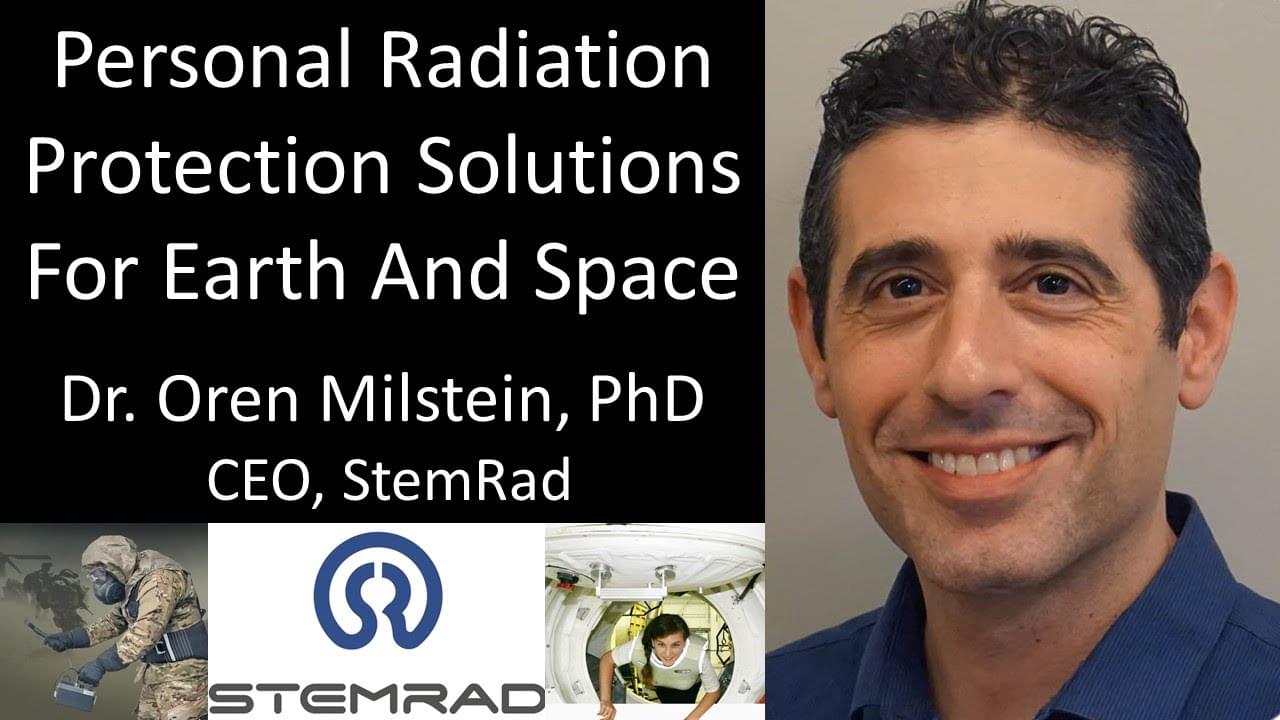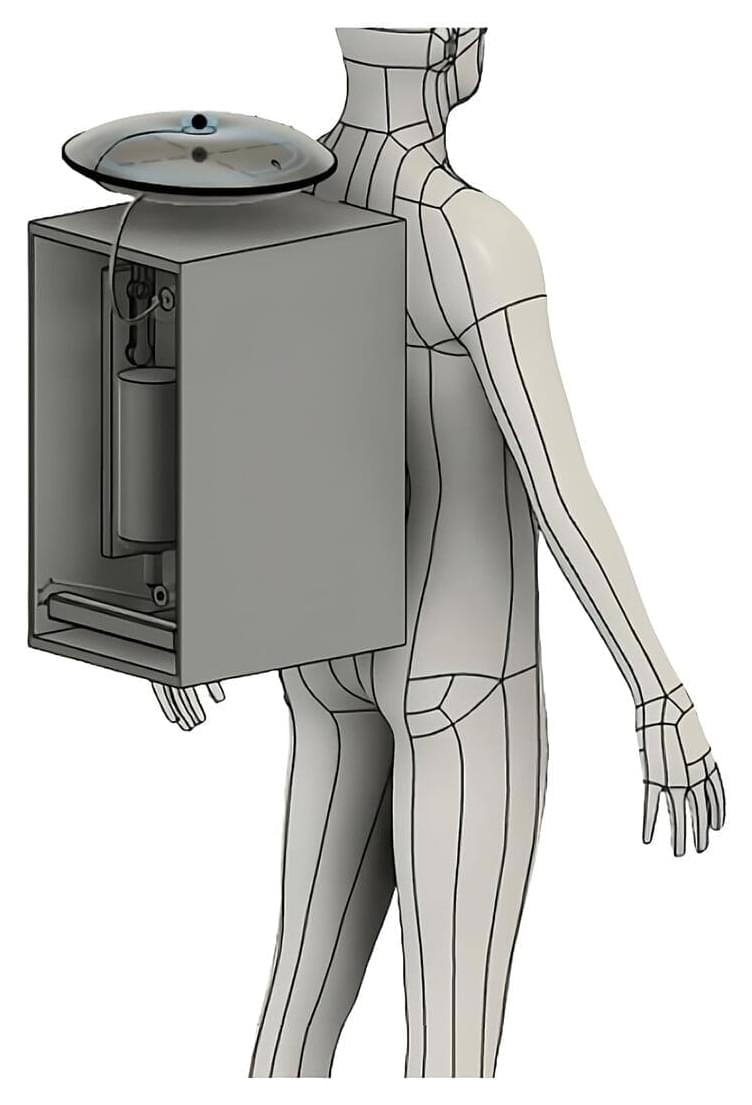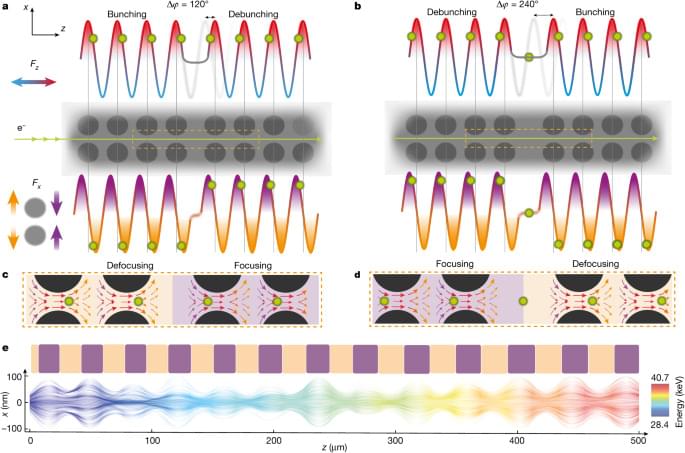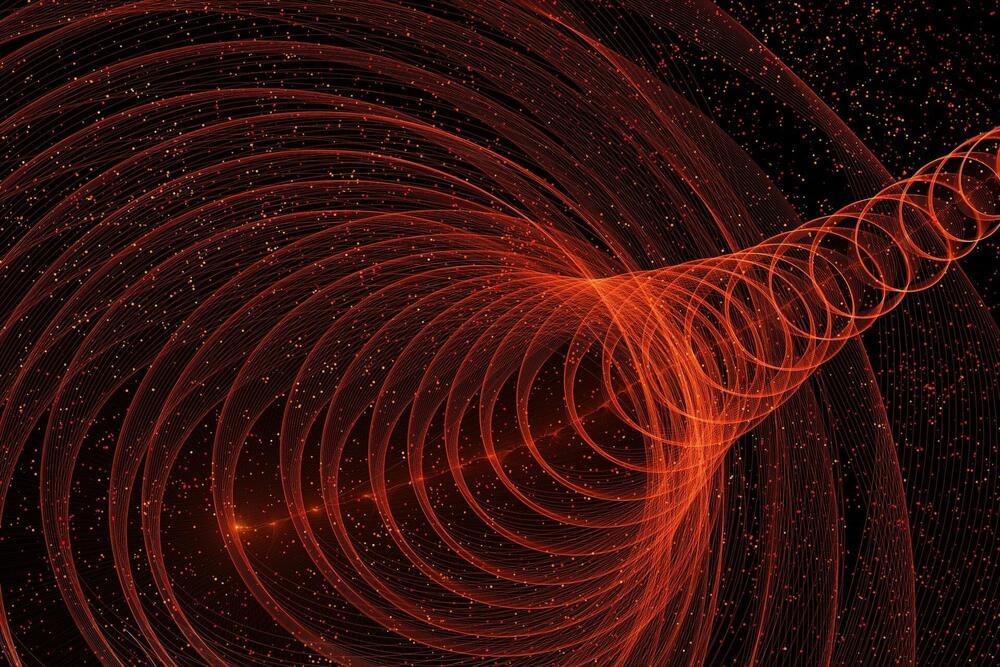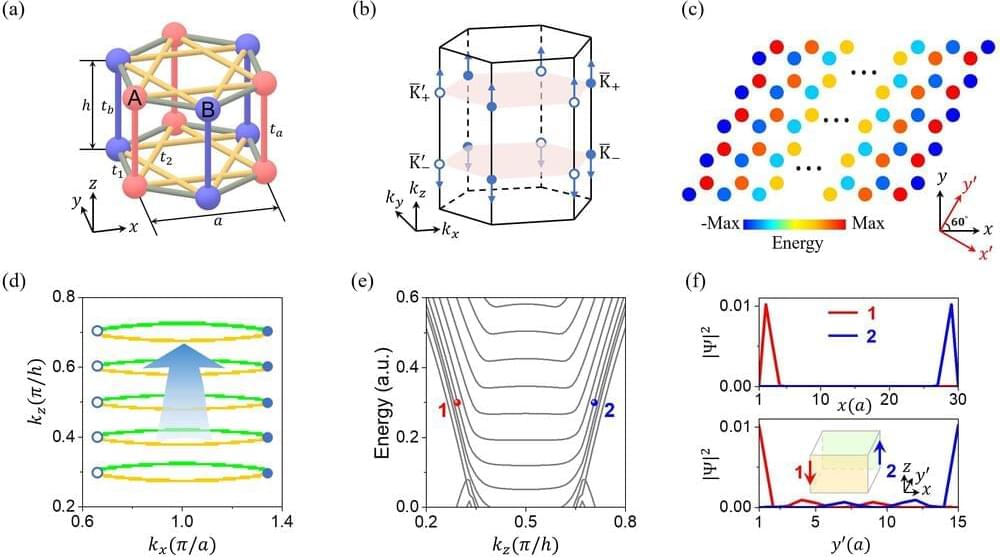Personal radiation protection solutions for earth and space — dr. oren milstein, phd — CEO and co-founder, stemrad.
Dr. Oren Milstein, Ph.D. is CEO and Board Member of StemRad (https://stemrad.com/), a world leader in the provision of personal radiation protection solutions and is the first company to offer life-saving protection from penetrating ionizing radiation and is making the lives of first responders, military personnel, utility personnel, medical teams, and astronauts safer without compromising mission objectives. Comprised of radiation biology experts, nuclear physicists, designers, and engineers and backed by dozens of prominent doctors and scientists including three Nobel Laureates, StemRad provides cutting-edge technology to protect these heroes on Earth and beyond.
Dr. Milstein co-founded StemRad in 2011, shortly after the Fukushima Daiichi nuclear disaster in Japan. He has been leading R\&D efforts ever since and was appointed CEO in February of 2016.
